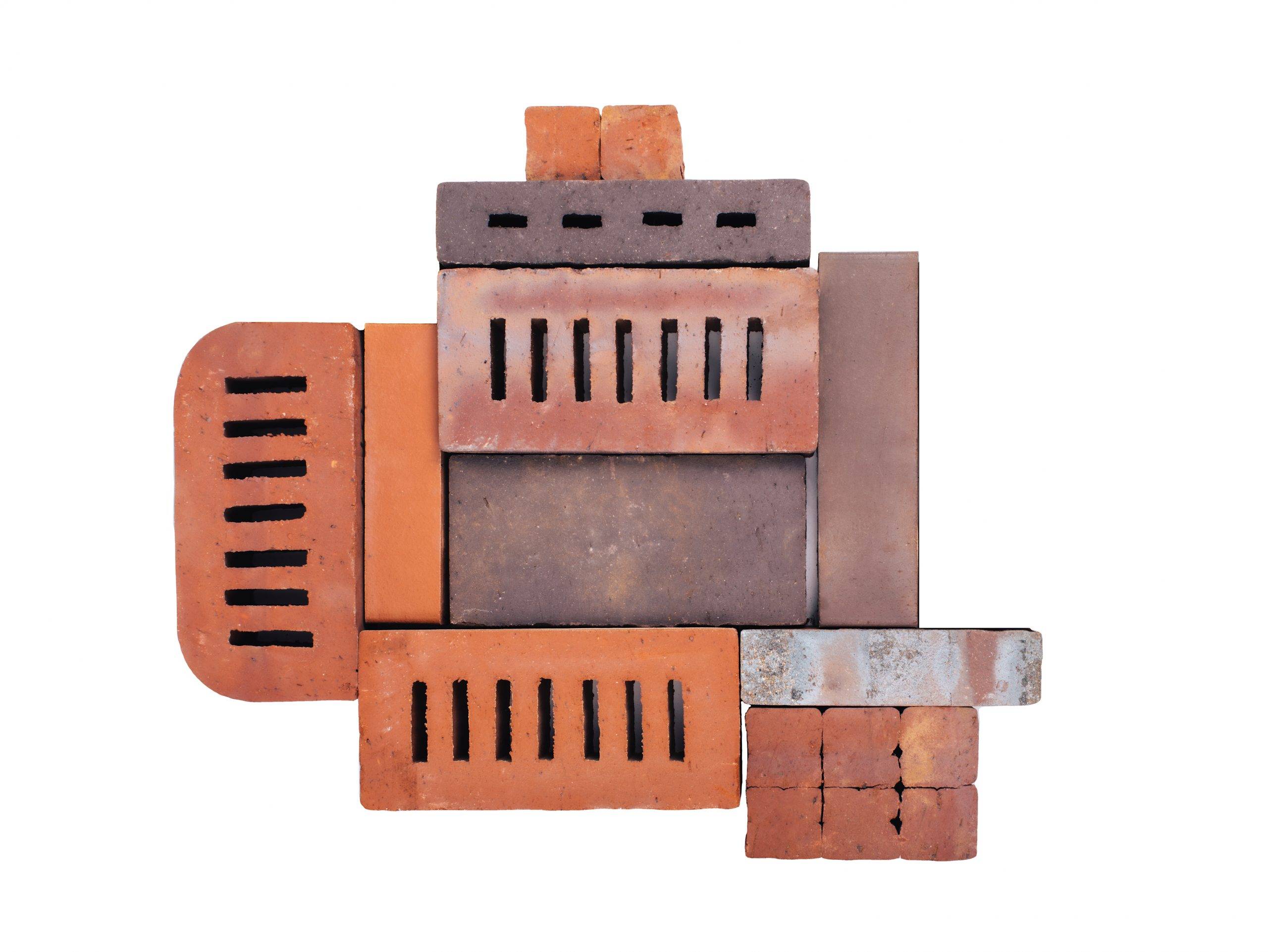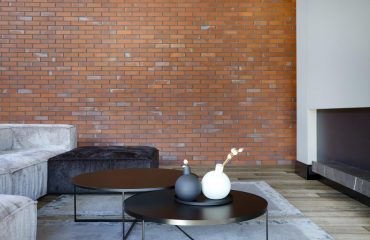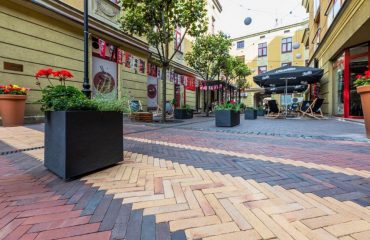Clinker brick dimensions: The most popular dimensions
The dimensions of clinker bricks, also called “brick format”, resulted from the tradition of material production in a particular area or country. But the authors always had one goal – to facilitate the creation of as many solutions and designs as possible. As a result, we currently use formats such as RF, NF, DF, WF, WDF and many more.
The most popular dimensions of clinker brick and half-size brick
The most popular brick dimension in Poland is the RF format with length 25 cm, width 12 cm and height 6.5 cm. Certain brick faces are called respectively: stretcher face (25×6.5 cm) and header face (12×6.5 cm). The part of the brick that is usually in contact with the mortar is called the bed.
Different shaped bricks based on RF format are available, including so called half-size brick with length and height similar to full-size brick 25×6.5 cm but with width of 5.5 cm. Two such bricks joined together by a 1 cm wide band of mortar create a 12 cm wide brick.
Other sizes of clinker brick and half-size brick can be found in series inspired by architectural history. For example, basic version of Alt Tessin has 24×11, 5×5.2 cm format, however, Alt Classic with dimensions 24×11, 5×7.1 cm belongs to so-called NF format. Clinker hand-formed brick offers additional variety of dimensions, for example Salsa model 20.8×9, 8×6.4 cm. An example of a modern format, or rather multi-format, is the Arte modular brick, intended for architectural solutions in the walls of 3-layer clinker façades. It has fixed dimensions of 25x9x13 cm and is double the format of the traditional RF brick.
Clinker brick and half-size brick dimensions and the amount of material
The availability of such a large number of formats means that even if the use of the brick façade was not the goal from the beginning, nevertheless, it is possible to match the size of the bricks in order to avoid unsightly cuts. A clinker specialist is usually able to measure the building façade and brick layout regardless of the format chosen by the investor. However, it is definitely easier if both the dimensions of the building and the spacing of individual openings in the walls are designed based on a specific brick format.
How to calculate the number of clinker brick items required for a detached house façade?
If the architect did not prepare a bill of materials in the building permit design, and the body of the house is relatively “simple”, you can do some estimation on your own. In order to do that, we need to know the format of a brick and its so called “consumption” (number of bricks required to build 1 square meter of brickwork with the given joint width). It is reasonable to assume that the average of 52 items of RF format, 49 items of NF format or 60 items of WDF format etc. is required to build one square meter of 12 cm thick brickwork. Always refer to the product data sheets or manufacturers’ websites for details. By multiplying this value by the surface of the walls, we learn the approximate number of bricks required to build the façade. In practice, this number should be increased by about 4% due to cutoffs and waste. It’s also easy to calculate the required amount of mortar. For RF and NF formats, assume 1 kg of dry mix per 1 brick. For WF and WDF formats, it will be 0.8 kg of dry mix per brick. In case of a difficult or complex body of the building or doubts regarding the estimation of the material requirements, you can always check with an architect or the LHL Klinkier – clinker specialists.






